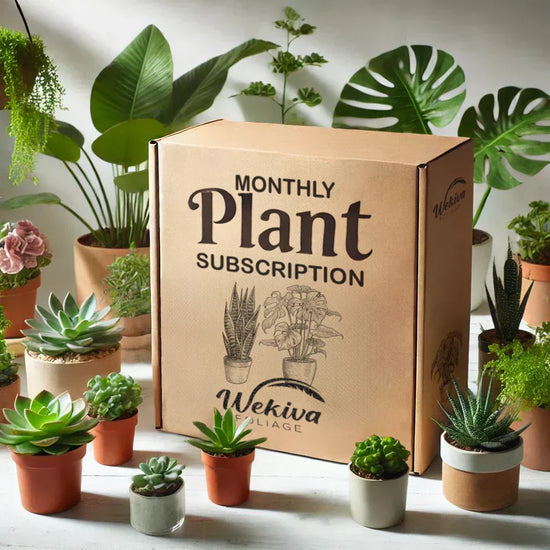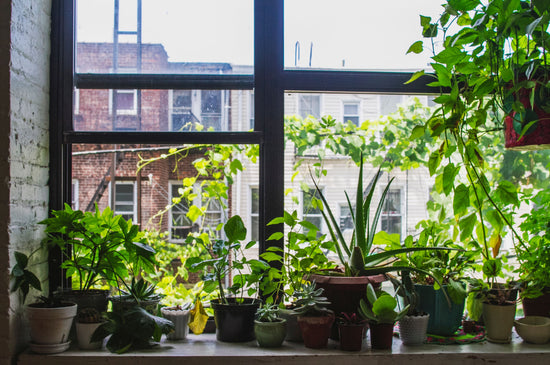Clematis: How to Look After
Clematis vines are among the most sought-after garden plants, admired for their stunning flowers, variety of growth habits, and ability to transform vertical spaces into breathtaking displays. However, these beauties require specific care to thrive and consistently bloom. Proper attention to their planting, watering, pruning, and feeding needs will ensure your clematis remains healthy and vibrant year after year.

Why Proper Care Matters
Clematis vines are not high-maintenance plants, but they do have preferences that, when met, result in abundant blooms and lush growth. Neglecting their basic needs can lead to poor flowering, disease, or even plant failure. Caring for clematis correctly ensures:
- Vibrant Flowers: Well-cared-for clematis vines produce larger, more colorful blooms.
- Healthy Growth: Proper care prevents diseases and pests from weakening the plant.
- Longevity: A well-maintained clematis vine can thrive for decades.

Step-by-Step Guide to Looking After Clematis
-
Choose the Right Location
- Clematis thrives in full sun, with at least 6 hours of direct sunlight daily. However, the roots prefer to stay cool and shaded.
- If planting in an exposed location, provide ground cover plants or apply mulch to keep the roots cool.
-
Soil and Planting Depth
- Clematis vines require nutrient-rich, well-draining soil with a neutral to slightly alkaline pH (6.5–7.5). If your soil is acidic, amend it with lime to balance the pH.
- Ensure the crown is planted 2–3 inches below the soil surface to protect it and encourage new shoot growth.
-
Watering
- Water deeply and consistently. Clematis prefers moist but well-drained soil.
- Newly planted clematis should be watered 2–3 times a week, while established plants typically need watering once a week, depending on weather conditions. Increase watering during hot, dry spells.
-
Fertilizing
- Feed your clematis in early spring with a balanced fertilizer (e.g., 10-10-10).
- Apply fertilizer again mid-season, particularly for repeat-blooming varieties, to support flowering and growth. Avoid over-fertilizing, as this can lead to excessive foliage at the expense of flowers.
-
Pruning
- Prune clematis vines based on their pruning group:
- Group 1 (Spring Bloomers): Prune lightly after flowering.
- Group 2 (Repeat Bloomers): Prune in early spring and after the first flush of blooms.
- Group 3 (Late Bloomers): Prune in late fall or early spring, cutting stems back to 12–18 inches.
- Regular pruning encourages healthy growth, prevents tangling, and stimulates flowering.
- Prune clematis vines based on their pruning group:
-
Support Structures
- Clematis vines are natural climbers and need a sturdy trellis, fence, arbor, or other support structure to grow vertically. Install supports at the time of planting to avoid disturbing the roots later.

Seasonal Care for Clematis
- Spring: Feed with fertilizer, check for new growth, and prune as needed.
- Summer: Water consistently and deadhead spent blooms to encourage more flowers. Monitor for pests like aphids or slugs.
- Fall: Apply mulch around the base of the plant to insulate the roots. Prune late-blooming varieties (Group 3) as needed.
- Winter: Clematis vines are dormant in winter. Protect the base with mulch or straw in colder regions to prevent frost damage.

Common Problems and Solutions
-
Clematis Wilt
- Symptoms: Sudden wilting of stems and foliage.
- Cause: A fungal infection that affects the stem base.
- Solution: Remove and destroy infected stems. Ensure good air circulation and avoid overwatering.
-
Pests
- Common Culprits: Aphids, spider mites, and slugs.
- Solution: Use insecticidal soap, neem oil, or organic pest control methods to protect your plants.
-
Yellowing Leaves
- Cause: Overwatering, nutrient deficiencies, or poor soil drainage.
- Solution: Adjust watering practices and consider applying a balanced fertilizer.
-
Poor Flowering
- Cause: Improper pruning, insufficient sunlight, or over-fertilizing.
- Solution: Review pruning practices, relocate the plant to a sunnier spot, or reduce fertilizer applications.

How to Keep Clematis Thriving
-
Monitor Growth Regularly
- Check your clematis for signs of stress, pests, or disease, and address issues promptly.
-
Rotate Mulch
- Refresh mulch annually to maintain moisture levels and suppress weeds.
-
Combine with Companion Plants
- Grow clematis alongside low-growing perennials like lavender or hostas to provide natural root shade and visual interest.
-
Provide Consistent Care
- Clematis thrives on routine. Stick to a regular watering, feeding, and pruning schedule to keep the plant healthy.
Explore low-maintenance clematis varieties in our Clematis Collection.
FAQ: Clematis How to Look After
Q: How often should I water my clematis?
A: Water deeply once or twice a week. Newly planted clematis may need watering more frequently, especially during dry spells.
Q: Can I grow clematis in pots?
A: Yes, compact varieties like Clematis ‘Bijou’ do well in containers. Ensure the pot is large (at least 18 inches deep) and has proper drainage.
Q: Do clematis vines require fertilizing every year?
A: Yes, feed clematis in early spring and mid-season to support healthy growth and blooming.
Q: How do I prevent clematis from wilting?
A: Plant the crown 2–3 inches below the soil surface, avoid overwatering, and ensure good air circulation around the plant.





